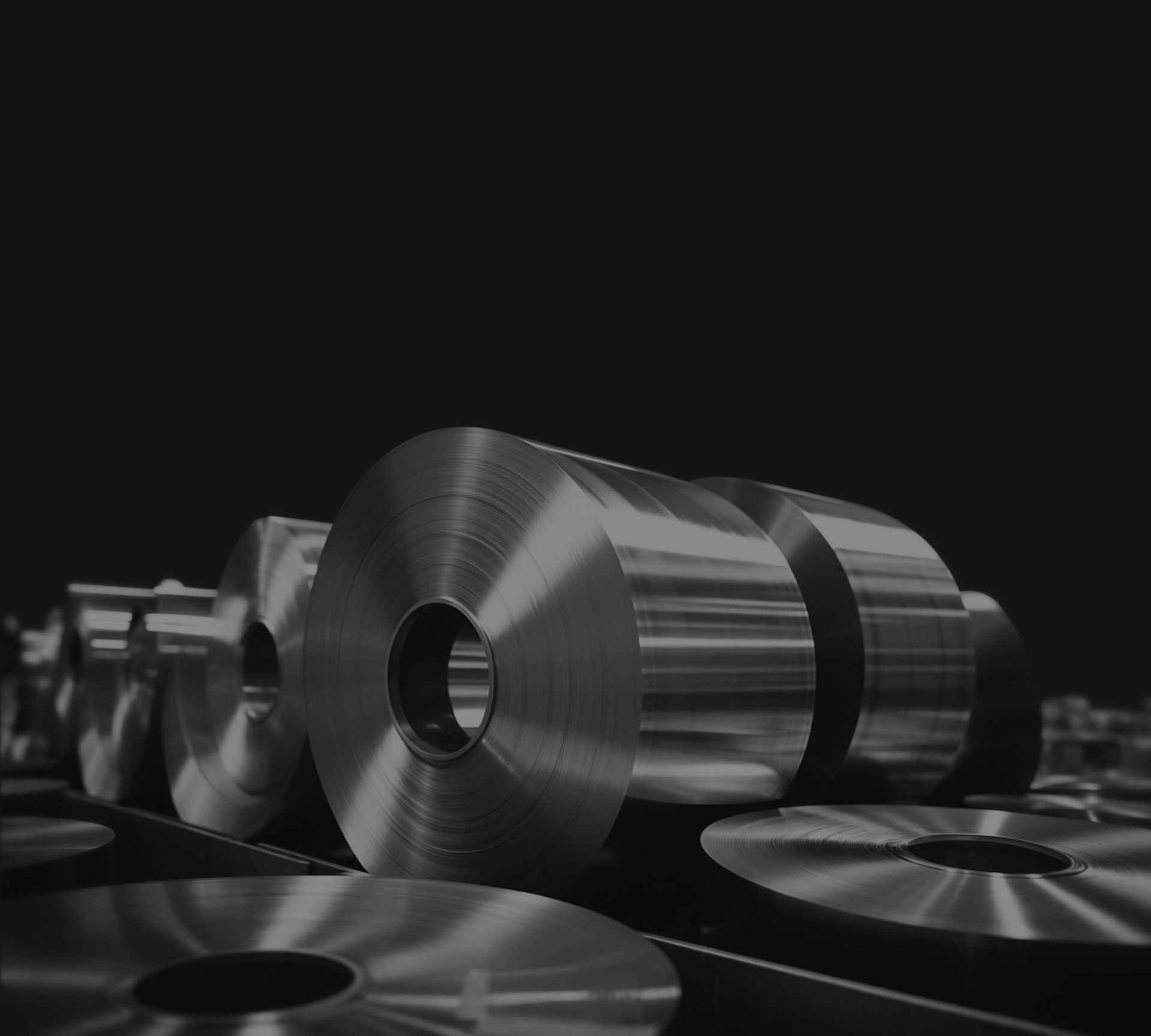2025-08-15
In the precision-driven world of industrial machining, Carbide Non-Slip Pins and Indexable Inserts form a partnership that defines reliability. These components, though distinct, work in tandem to ensure stability in high-stress operations—where even a minor shift can affect accuracy, efficiency, or safety.Their collaboration is quiet but critical, underpinning the smooth function of machinery across manufacturing floors.

The Role of Carbide Non-Slip Pins in Securing Inserts
Carbide Non-Slip Pins are engineered to solve a specific challenge: keeping Indexable Inserts firmly in place during operation. Machining processes, whether turning, milling, or drilling, generate vibrations, heat, and lateral forces that can loosen even tightly fitted components. These pins counteract that movement through intentional design.
Made from tungsten carbide—a material prized for its hardness and resistance to wear—these pins feature textured surfaces. Knurling, micro-grooves, or diamond-like patterns create friction between the pin and the insert’s holder, preventing slippage. Their dimensions are precise: diameters match the holes in insert holders exactly, ensuring a snug fit that leaves no room for play. Lengths are tailored to the thickness of the insert and holder, so the pin sits flush or slightly recessed, avoiding interference with cutting operations.
In practice, this means when an Indexable Insert engages with metal, the Carbide Non-Slip Pin acts as a anchor. It resists the forces that would otherwise shift the insert, maintaining the exact cutting angle and position needed for consistent results. For operators, this translates to fewer adjustments, less waste, and more predictable output.
Why Indexable Inserts Depend on Stable Anchoring
Indexable Inserts are the workhorses of machining, with cutting edges designed to shape metal with precision. But a loose insert can cause uneven cuts, increased tool wear, or even damage to the workpiece or machinery.
These inserts are replaceable by design—intended to be rotated or swapped out once an edge dulls—so their mounting systems must balance security with ease of replacement. This is where Carbide Non-Slip Pins excel. Unlike simpler fasteners, which may rely solely on pressure, the pins’ textured surfaces create a mechanical lock. This lock holds even as temperatures rise during prolonged use, when metal expands slightly, or as lubricants and debris enter the mounting area.
For example, in high-speed milling of steel, an Indexable Insert subjected to 5,000 RPM rotation experiences significant centrifugal force. Without a Carbide Non-Slip Pin, the insert might creep outward, altering the cutting diameter. With the pin in place, the insert stays aligned, ensuring each pass matches the intended specifications.
Design Synergies Between Pins and Inserts
The effectiveness of Carbide Non-Slip Pins and Indexable Inserts lies in their complementary design. Manufacturers align key features to ensure compatibility, starting with material selection. Both components often use tungsten carbide or carbide composites, chosen for their similar thermal expansion rates. This means when exposed to the heat of machining, both the pin and the insert expand at roughly the same rate, preserving the tight fit.
Geometry is another point of alignment. Indexable Inserts feature standardized hole patterns and sizes, which Carbide Non-Slip Pins mirror. A triangular insert with a 6mm mounting hole, for instance, pairs with a 6mm pin. This standardization allows for interchangeability across brands and models, giving operators flexibility without sacrificing security.
Surface finishes also work in harmony. The smooth, polished edges of an Indexable Insert’s mounting hole interface with the textured surface of the pin, increasing friction without causing significant wear. This balance ensures the pin grips firmly but can still be removed when the insert needs rotation or replacement.
Manufacturing Alignment: Ensuring Compatibility
Producing Carbide Non-Slip Pins and Indexable Inserts to work in tandem requires tight control over manufacturing processes. For the pins, this starts with powder metallurgy—tungsten carbide powder is pressed into molds with the exact dimensions and surface texture, then sintered to harden. Post-sintering, pins undergo grinding to achieve micron-level precision in diameter and straightness.
Indexable Inserts follow a similar rigor. Their mounting holes are drilled or punched to match pin sizes, with tolerances held to ±0.01mm. The inserts’ undersides, which contact the holder, are ground flat to ensure even pressure distribution—so the Carbide Non-Slip Pin isn’t bearing an unequal load that could cause premature failure.
Real-World Impact: Where Stability Truly Matters
In automotive manufacturing, where precision is measured in thousandths of an inch, the partnership between these components ensures engine blocks and transmission parts meet strict tolerances. A Carbide Non-Slip Pin securing an Indexable Insert in a CNC lathe guarantees each cylinder bore is perfectly round, avoiding leaks or performance issues.
In heavy machinery production, where large steel components are machined, the stability provided by the pins prevents insert slippage during deep cuts. This reduces the risk of tool breakage and rework, keeping production on schedule.
Even in small job shops, where operators handle diverse materials and part sizes, the reliability of this pairing simplifies operations. With inserts held firmly in place, operators spend less time monitoring for shifts and more time optimizing cutting parameters.
In every application, the quiet collaboration of Carbide Non-Slip Pins and Indexable Inserts underscores a simple truth: industrial performance depends as much on how components work together as on their individual capabilities. Their alignment ensures that in the chaos of machining, precision remains unshakable.